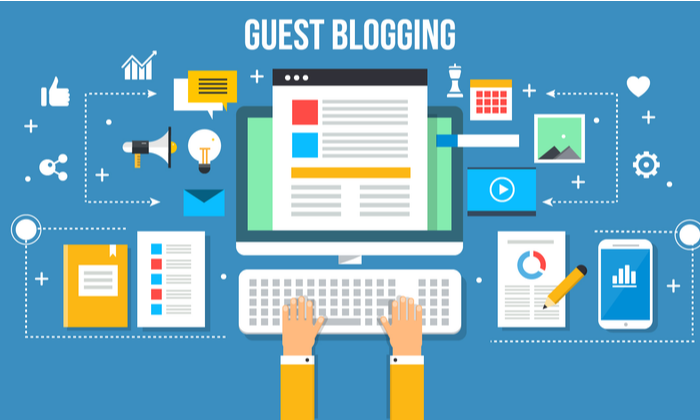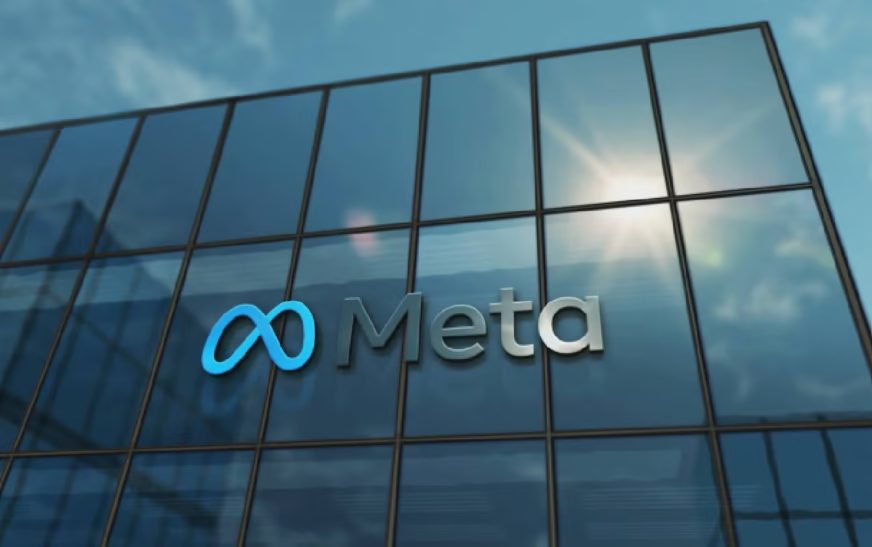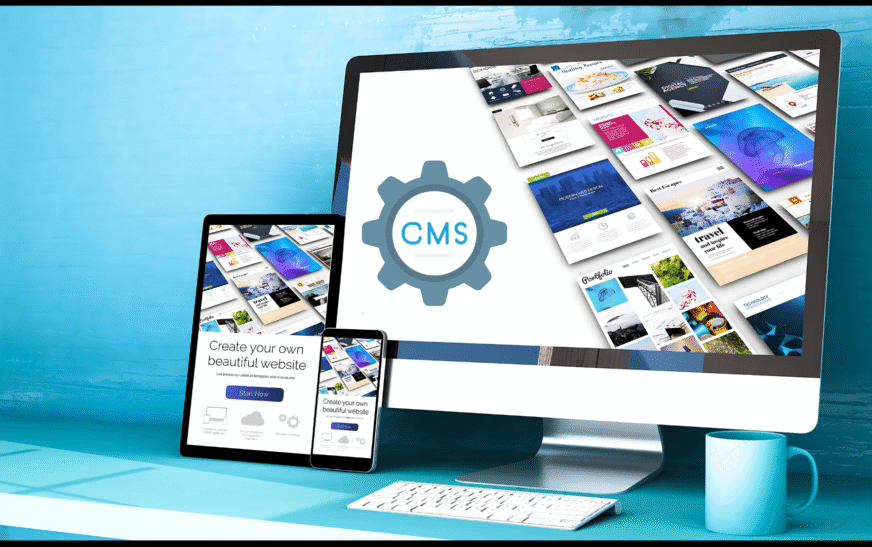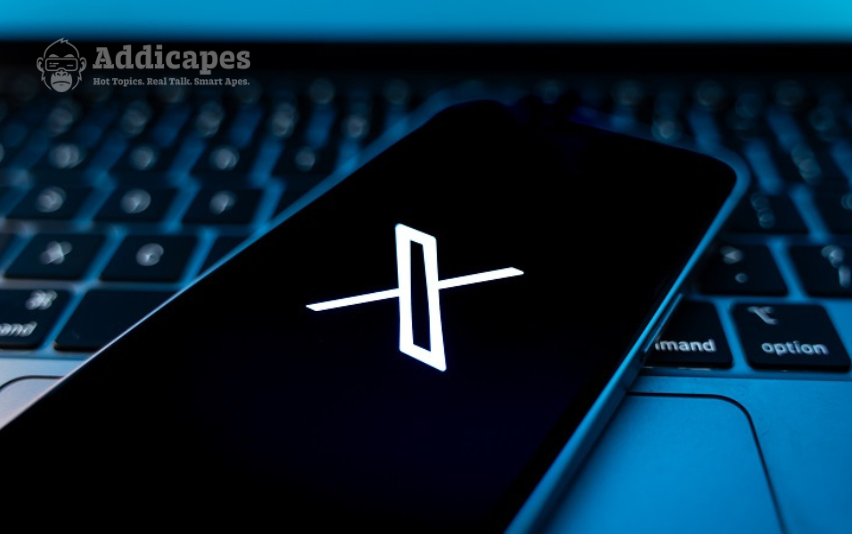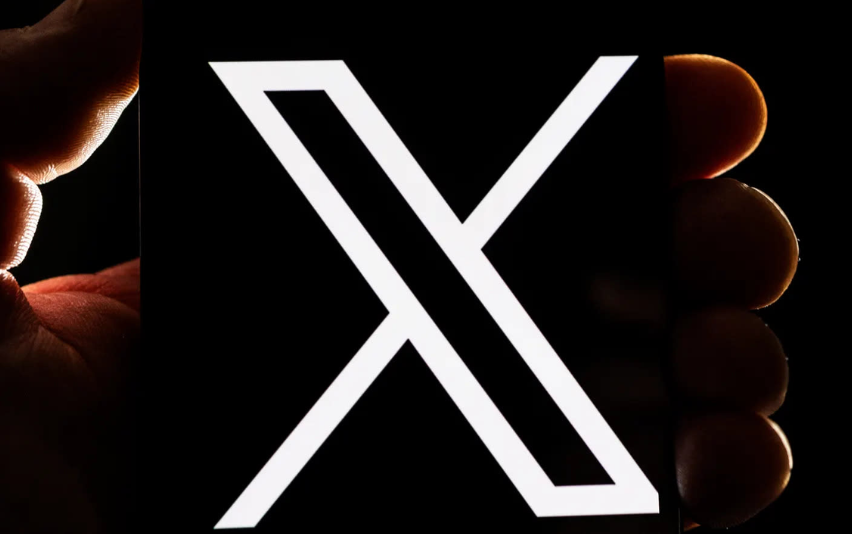If you’re advertising on X (formerly Twitter), pay close attention—X’s new pricing model is making a splash. The platform has introduced higher costs for larger ads, fundamentally changing how companies allocate marketing budgets. Under this advertising pricing strategy, ad size now directly influences the cost-per-impression and campaign budget.
This revamped model raises critical questions:
- How much more will large-image or video ads cost?
- Will the surge in ad spend improve ad performance and ROI?
- And, crucially—how can advertisers balance ad quality vs. cost?
1. Why X Is Charging More for Larger Ads
X’s motivation lies in ad optimization and user experience. Larger ad formats—like image carousels or auto-play videos—capture more user attention. To offset this, the platform is rolling out volume-based pricing:
- Standard ads (text or single image) stay at base rates.
- Large-format ads (multi-image, video, carousel) now cost significantly more—some reports indicate up to 50% increase in cost-per-click and CPM over smaller formats.
In essence, larger ads cost more because they deliver higher visibility, and X wants advertisers to weigh the benefits of engagement quality vs. ad spend.
2. Impact on Your Advertising Campaigns on X
Advertisers must rethink their X ad strategy. Simply enlarging image size could double your budget. Consider these implications:
- Bigger Ad Formats = Bigger Budgets
Shifting from standard to large image ads may bump your cost-per-thousand impressions (CPM) significantly. - Higher Cost-Per-Click
Larger ads often cost more per click, so you’ll need stronger creative content to justify spend. - ROI Pressure Rises
If you’re paying more upfront, your ad performance needs to improve—conversion rates must match the added cost.
This pricing shift demands smarter X campaign optimization, and a strategic alignment between ad size and marketing objectives.
3. How to Optimize Under the New Ad Pricing Model
Here are practical tactics to mitigate rising costs while keeping results strong:
- Test Ad Sizes Carefully
Run A/B tests to compare standard vs. larger formats. Use pilot budgets to measure lift in engagement and conversion. - Focus on Quality Visuals
Since you’re paying extra, make your visuals count. Use eye-catching imagery or crisp 15–30 second videos with a clear call-to-action. - Align Size with Goals
Not all campaigns need larger ads. Use standard ads for awareness campaigns; deploy larger formats for retargeting or high-intent conversions. - Track ROI by Format
Slice your analytics by ad format. Determine which creatives generate the best return on ad spend (ROAS) after the price increase. - Budget Smartly
Consider a hybrid approach: use smaller ads for scale, medium formats for mid-funnel engagement, and larger ones for bottom-funnel conversions.
4. Benefits of the Bigger Ads, Bigger Impact Strategy
When used selectively, the new pricing model offers several perks:
- Better Engagement
Larger images and videos inherently draw more attention, translating into higher click-through rates (CTR). - Improved Ad Quality
With increased costs, there’s more incentive to develop stronger creative strategy and ad messaging. - Transparent Pricing Model
X’s shift to size-based ad pricing offers direct visibility into how format choices impact your budget.
5. Challenges and Risks with Upgraded Ad Formats
No ad strategy is without hurdles:
- Budget Strain
Bigger ads may exceed small-business budgets—especially if used indiscriminately. - Creative Fatigue
Without strong visuals, performance can stall even with bigger formats. - Less Scale
For campaigns with limited budgets, high CPM may force you to reduce overall reach.
The key is to use large formats strategically, not universally.
6. What Industry Experts Say About X’s New Model
Many social media marketers are sounding off. One agency lead wrote:
“Our large-image video ads doubled in CPM, but so did our conversion rate—it was worth it.”
Another cautioned:
“If your ad creative isn’t sharp, you’ll just be burning budget.”
In short, large-format creatives must deliver extra value to offset the cost hike.
7. How This Affects the Broader Social Media Advertising Landscape
X’s new ad pricing model mirrors trends on platforms like Meta Ads and LinkedIn Sponsored Content, where larger or bespoke formats cost more.
Key takeaways:
- Increased Ad Pricing Across Channels
Social platforms now charge a premium for formats that guarantee more screen real estate. - Better Media Mix Strategy Required
You can’t rely solely on one format anymore—a balanced mix is essential. - Higher Expectations on Creative Quality
As prices go up, so does incentive to produce top-tier ad assets.
8. Future Outlook & Strategic Planning
Advertisers should:
- Stay Ahead with A/B Testing – Keep iterating formats.
- Upgrade Creative Production – Invest in high-quality visuals and video.
- Actively Monitor Performance Metrics – Watch CTR, CPM, and ROAS per format.
- Flex Budgets Accordingly – Scale up successful large-format campaigns and scale back low-performing ones.
By choosing smartly, advertisers can turn this pricing change into an opportunity for differentiation and higher ad effectiveness.


